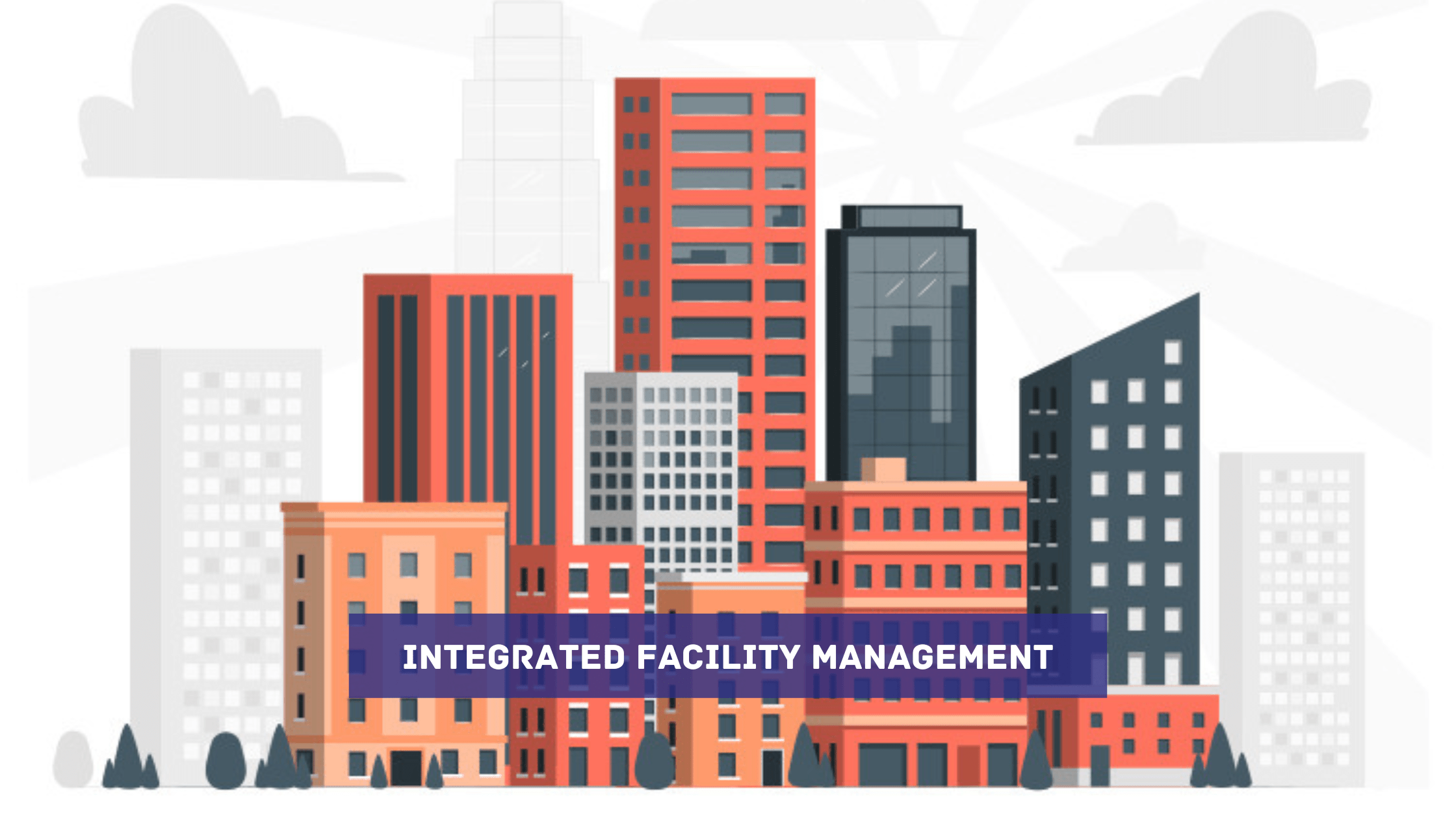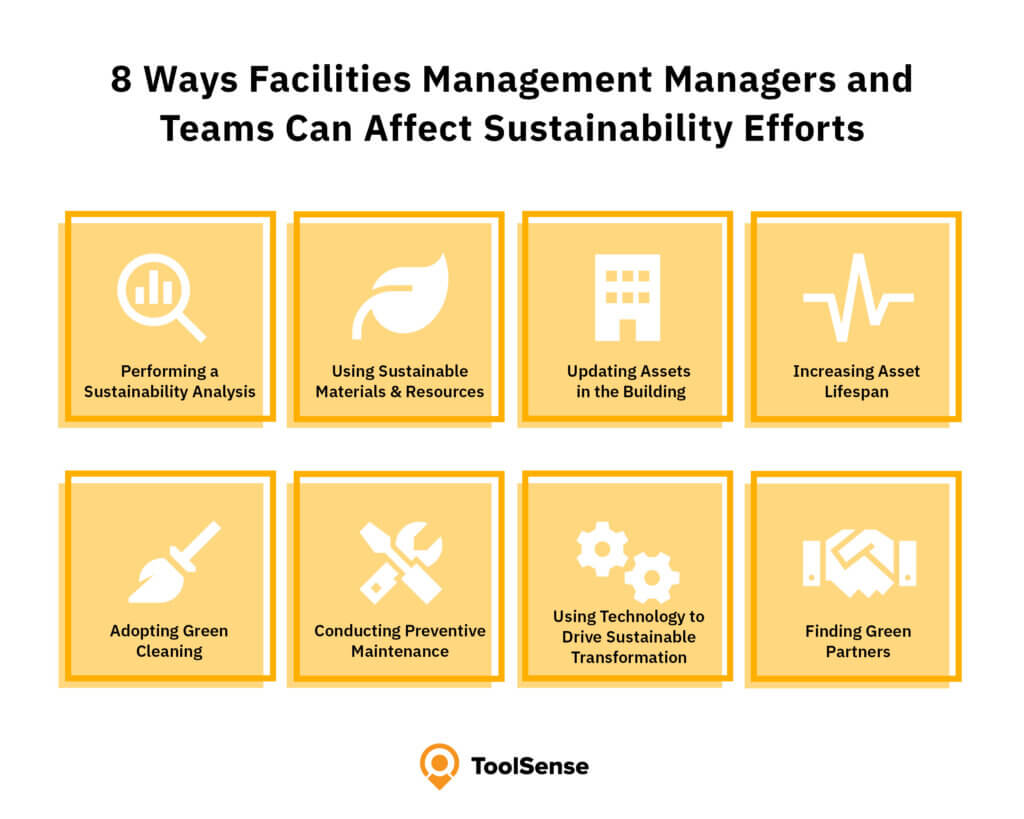The Vital Guide to Center Management: Approaches for Success
Facility administration plays a crucial function in the total success of an organization, offering as the backbone that supports efficiency, security, and productivity. The subtleties of efficient center administration extend beyond mere logistics and need a thorough understanding of both measurable and qualitative metrics.
Understanding Facility Management
What comprises reliable center monitoring? Reliable facility administration encompasses the coordination of different business features to ensure that constructed atmospheres are risk-free, reliable, and for productivity. Facility Management. It incorporates the principles of company, architecture, and engineering management to produce a seamless operational flow within an organization
Trick components of facility management consist of area planning, maintenance monitoring, and conformity with health and wellness laws. Room preparation concentrates on enhancing using physical sources to sustain business objectives, while maintenance management ensures that centers are maintained in ideal condition, taking full advantage of lifespan and reducing functional expenses. Compliance with regulative and lawful requirements is crucial, as it safeguards the organization versus prospective liabilities and boosts its online reputation.
In addition, reliable facility monitoring relies upon the tactical use innovation, such as Structure Monitoring Solution (BMS) and Computer-Aided Center Management (CAFM) devices. These innovations facilitate real-time surveillance of structure systems and streamline upkeep processes. Inevitably, an extensive approach to center monitoring not only advertises functional efficiency however also promotes a positive atmosphere for workers and site visitors alike, driving overall business success.
Key Approaches for Optimization
Enhancing facility administration calls for a tactical strategy that aligns operational practices with business purposes. To achieve this, the very first vital technique is the application of integrated technological remedies. Using innovative software systems permits real-time tracking of facility procedures, helping with data-driven decision-making and enhancing total performance.
Secondly, regular analyses of facility efficiency are important. Conducting routine evaluations and audits enables facility supervisors to determine areas that require improvement, ensuring that sources are allocated properly. This positive strategy aids in lessening downtime and boosting solution distribution.
An additional critical strategy is promoting partnership across divisions. By motivating open communication in between groups, center supervisors can better align their methods with organization objectives, bring about improved functional harmony. In addition, involving personnel in training programs advertises a society of responsibility and enhances their capacity to add to optimization efforts.
Enhancing Security Procedures
Reinforcing safety protocols is crucial for developing a safe environment within centers. A comprehensive security method not just safeguards visitors and employees but additionally boosts operational efficiency. To achieve this, center supervisors have to perform routine risk analyses to recognize prospective dangers and make sure that appropriate measures remain in area.
Educating and education are crucial parts of efficient safety and security procedures - Facility Management. Employees need to get ongoing training in emergency situation procedures, tools handling, and individual protective actions. Routine drills, such as fire evacuations or lockdown treatments, foster familiarity and preparedness amongst personnel
In addition, clear communication networks more info should be developed to report security problems immediately. This consists of producing an available system for staff members to voice possible risks or cases without worry of retribution. Leveraging technology can boost security steps; for instance, implementing monitoring systems and accessibility controls aids keep an eye on center activities and restrict unauthorized access.
Lastly, conformity with local guidelines and sector criteria is non-negotiable. Normal audits and evaluations of security protocols guarantee positioning with existing regulations and best practices. By prioritizing these approaches, facility managers can cultivate a culture of safety that safeguards all stakeholders and eventually adds to the company's success.
Improving Workplace Environment

Ergonomic considerations are important to reduce physical stress and discomfort. Facility Management. This involves providing adjustable furniture, proper lighting, and adequate room for activity. These modifications can result in reduced absenteeism and raised work contentment
Appearances play an essential duty fit the Facility Management office ambience. Using color psychology, all-natural lights, and greenery can cultivate a promoting and welcoming setting. Attentively developed areas can increase creative thinking and boost total wellness.
Furthermore, urging worker engagement through comprehensive decision-making procedures can enhance the feeling of ownership and belonging. Gathering responses on work environment improvements and involving employees in the style process can bring about a much more tailored atmosphere that meets their demands.
Finally, promoting wellness initiatives, such as health cares and relaxation areas, can even more add to a helpful workplace society. By concentrating on these methods, facility supervisors can successfully improve the office environment, driving both worker satisfaction and business success.
Measuring Success in Facilities
Determining success in facility administration calls for a detailed strategy that assesses both measurable and qualitative metrics. Quantitative metrics commonly include crucial efficiency indicators (KPIs) such as area utilization rates, power consumption, maintenance expenses, and occupancy levels. These metrics supply a clear photo of functional performance and financial efficiency, permitting facility managers to determine locations for renovation and criteria against market criteria.
Qualitative metrics, on the other hand, focus on individual satisfaction and worker involvement. Surveys and feedback systems can assess how well the facilities meet the demands of occupants, helping to evaluate the general office atmosphere. This facet is important, as a satisfied labor force is usually connected to increased productivity and retention prices.
To properly measure success, facility managers should also think about incorporating modern technology, such as building management systems and data analytics devices, to accumulate and assess pertinent information. Routinely reviewing both sets of metrics permits a more well balanced view of performance and educates critical decisions. Ultimately, a successful center administration method depends upon a commitment to continuous renovation, guaranteeing that both functional effectiveness and user contentment are prioritized.
Verdict

Facility administration plays a crucial role in the total success of an organization, serving as the backbone that sustains productivity, security, and performance.Secret elements of facility administration consist of area preparation, upkeep administration, and conformity with wellness and safety and security regulations.Moreover, reliable facility administration depends on the calculated use of innovation, such as Structure Monitoring Systems (BMS) and Computer-Aided Center Administration (CAFM) tools. Ultimately, an extensive method to facility monitoring not just promotes functional performance however also promotes a positive environment for employees and site visitors alike, driving total organizational success.
Ultimately, an effective center monitoring strategy hinges on a dedication to continual renovation, guaranteeing that both functional effectiveness and individual satisfaction are focused on.